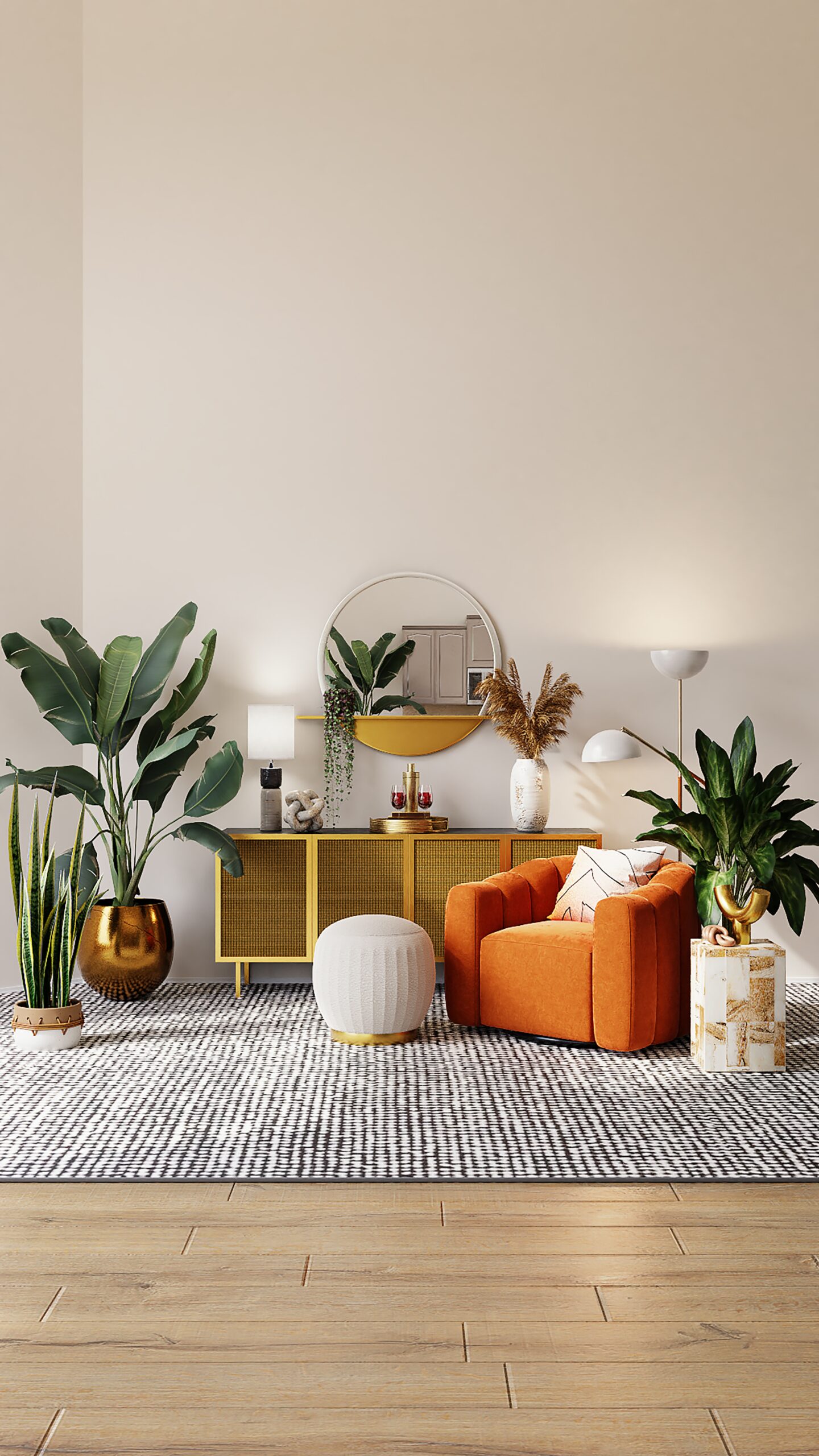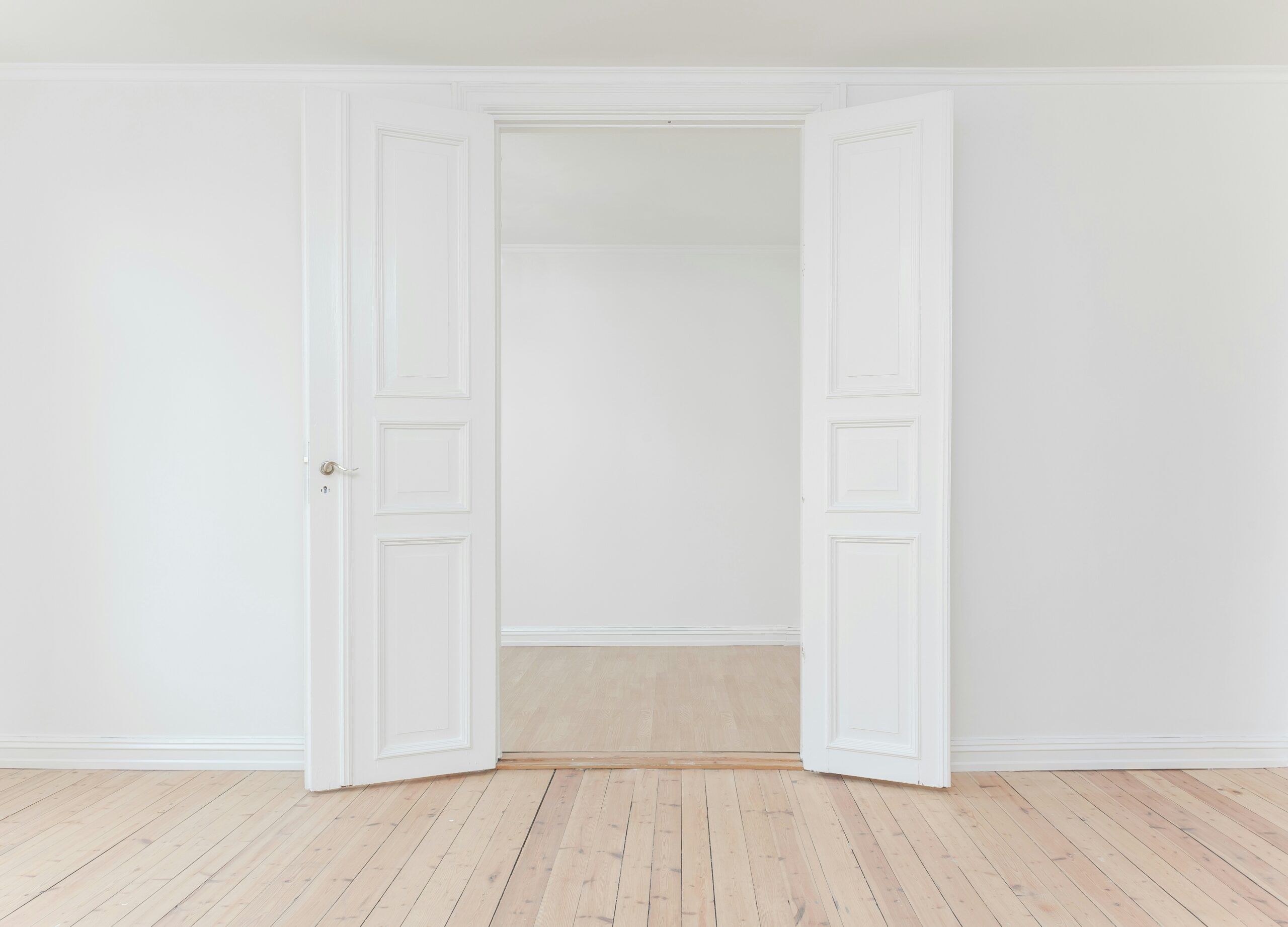The Importance of a Cohesive Color Scheme
When it comes to home decor, one of the most important aspects to consider is the color scheme. A well-thought-out and cohesive color scheme can bring harmony and balance to any space, making it visually appealing and inviting. Whether you are redecorating your entire home or just one room, choosing the right colors can make a significant difference in the overall ambiance and mood.
Understanding Color Psychology
Before diving into selecting colors for your home decor, it’s essential to understand color psychology. Different colors evoke different emotions and can have a profound impact on our mood and well-being. For example, warm colors like red, orange, and yellow tend to create a cozy and energetic atmosphere, while cool colors like blue, green, and purple promote calmness and relaxation.
Choosing a Dominant Color
Start by choosing a dominant color that will set the tone for your space. This color will be the most prominent and will be used in larger areas such as walls, furniture, or flooring. Consider the overall style and purpose of the room when selecting the dominant color. For a serene bedroom, you might opt for a soft blue or a soothing gray. For a vibrant living room, a bold shade of red or a warm earthy tone could be a great choice.
Working with Accent Colors
Once you have chosen your dominant color, it’s time to select accent colors that will complement and enhance the overall color scheme. Accent colors are used in smaller doses and can be incorporated through accessories, artwork, pillows, or curtains. They add depth and visual interest to the space. Consider using colors that are harmonious with the dominant color, such as different shades or complementary colors on the color wheel.
Creating Balance and Contrast
Creating a cohesive color scheme is all about achieving balance and contrast. Balance can be achieved by distributing colors evenly throughout the space, ensuring that no single color overwhelms the others. Contrast, on the other hand, can be achieved by incorporating colors that are opposite on the color wheel. This creates visual interest and prevents the space from feeling too monotonous.
Considering Lighting and Space
When selecting colors for your home decor, it’s important to consider the lighting conditions and the size of the space. Natural light can significantly affect how colors appear, so it’s essential to test the colors in different lighting conditions before making a final decision. Additionally, lighter colors tend to make smaller spaces appear larger, while darker colors can create a more intimate and cozy atmosphere.
Seeking Inspiration
If you’re unsure where to start or need some inspiration, there are various resources available to help you. Look for home decor magazines, online platforms, or even visit showrooms to get ideas and see how different colors work together. You can also create mood boards or use online color palette generators to visualize how different colors will look together.
Experimenting and Evolving
Remember, creating a cohesive color scheme for your home decor is a process that requires experimentation and evolution. Don’t be afraid to try different combinations and make adjustments along the way. It’s important to choose colors that resonate with you and reflect your personal style and preferences.
Conclusion
A cohesive color scheme is an essential element in creating a harmonious and visually appealing home decor. By understanding color psychology, selecting a dominant color, working with accent colors, creating balance and contrast, considering lighting and space, seeking inspiration, and allowing for experimentation, you can create a color scheme that reflects your style and brings your home to life.




